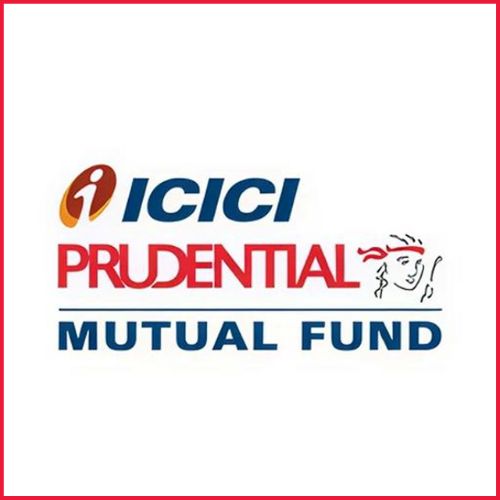As many investors relied solely on past performance during the 2020 bull run, investments in high-growth companies may have been unsuccessful. This does not imply that there aren’t opportunities in these uncertain times.
One of the finest periods for the Indian equity market was from June 2020 to September 2021, but 2022 is shaping up to be a heartbreaking year. In India, small- and midcap stocks have experienced a severe correction as market liquidity and volumes have decreased by 50%.
Apart from cement and metal companies, all the overhyped growth equities—including names like HDFC Bank, Asian Paints, and Divis Labs—are declining. There is an undertow present in both the global markets and Indian mid-and small-cap equities, despite the big market indices like the Nifty and Sensex appearing to be tranquil.
Nearly half of the equities have decreased by about 50% from their 52-week highs. On average, prices have dropped by almost 38% from their peak levels. In the US, the NASDAQ is down by more than 20% (officially, this is said to be the beginning of a bear market), the S&P 500 has had one of the worst starts of the year, and the darlings of the COVID period like technology initial public offerings or IPOs, SPACs or special-purpose acquisition companies, cryptocurrency, etc. are down by 30-70%. What went wrong, then?
Relative extrapolation based on recent occurrences is known as recency bias.
Market participants assigned exorbitant valuations to companies that had seen strong growth over the previous ten years or in the near past because they believed that this growth would continue indefinitely. Understanding that not all growth is positive is crucial for investors. Sometimes, expanding a firm beyond a particular rate results in its death.
Avenue Supermarts, HDFC Bank, Asian Paints, and other companies serve as examples of how constant increase in sales, operational profitability, and cash flows is all that is necessary to produce excellent returns in the equities market.
“Invert, always invert,” as the late financier Charlie Munger famously advised. Does this imply that every company has had revenue growth in this instance?
Let’s use the example of a business whose sales increased by 174%, 123%, and 106% in 2020, 2021, and 2022, respectively. Now, I want you to predict this stock’s return over the past year. This stock has dropped by 75% from its high and by 44% just in the past year. The stock is known as Snowflake (Berkshire Hathaway also invested some portion of its portfolio into it).
Observe the results of some Indian IPOs, such as Paytm, Zomato, CarTrade, etc. Zomato is down 58%, Paytm is down 66%, and CarTrade is down 65%. Any further predictions on the above firms’ growth rates? CarTrade’s revenue increased at a five-year compound annual growth rate.
Analysts suddenly realise that many businesses were like pigs wearing lipstick as the bull run comes to an end. They were devaluing the value of the company rather than adding to it because their ROE growth was well below their potential cost.
As a result, not all growth companies merit high valuations. Numerous other elements, such as shifting competitive dynamics (Asian Paints following the entry of Grasim and JSW into the market), saturated markets (Colgate Palmolive in toothpaste), and more, all contribute to our thesis that just because a company has experienced rapid growth in the past, it does not necessarily warrant a high price-earnings multiple today.














